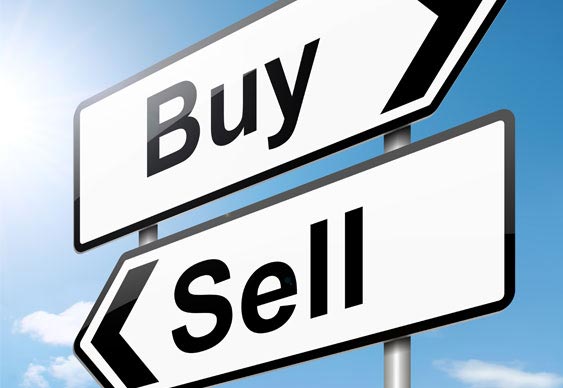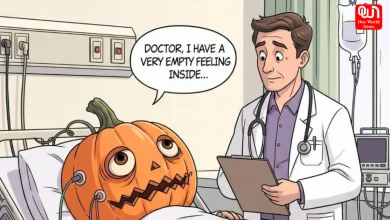Understanding the difference between Futures and Options

Here is all you need to know about Futures and Options
The futures and options are the two main forms of derivatives. Notably, they are the financial instruments that can derive their value from the undisclosed. This undisclosed thing can be a stock issued by any particular company, currency, etc. These derivative instruments can be independently traded of this undisclosed asset.
The change in the value of this instrument depends upon the changes in the value of the undisclosed asset.
These derivative instruments are of two types:
Exchange traded derivatives – These are traded through an organized exchange programme across the world. The derivative instruments can be bought and sold through such exchanges, similar to the stock market. The common exchange traded derivatives are the futures and options.
Over the counter (popularly known as OTC) derivatives – These are not traded through an exchange. They have different features and are not standardized. Few popular OTC’s are forwards, swaps etc.

Read Here : Do you know why Asian People are the first choice of Foreign Countries?
FUTURE
It is a contract of buying or selling the undisclosed asset at a particular price during a pre-determined time period. If a person buys a ‘futures contract’, it means that the person promises to pay the price of the particular asset at a stated time. If a person is selling a future, he/she makes an effective promise of transferring the asset to the new holder of the future at a particular price at a specified time. Each futures contract has few features namely:
-A buyer
-A seller
-Particular price
-Specified expiry
The popular assets on which these futures contracts are available are the equity stocks, indices, commodities and currencies.
The distinction between the price of the undisclosed asset in the spot and the futures market is called ‘Basis’. The basis is generally negative, that is, the price of the asset in the futures market is higher than that in the spot market. This is basically because of the interest cost, storage cost, an insurance premium etc., primarily, if you buy an asset in the spot market, you will be incurring all of such expenses, which is not required if you buy a futures contract. The condition of basis being in the negative form is called ‘Contango’.
Many a times it is profitable to hold an asset in the physical form than in the futures form. When such benefits overshadow the expenses related to the holding of an asset, the basis turns positive. This particular condition is known as ‘Backwardation’. Backwardation usually takes place when the price of that asset is expected to fall.

OPTIONS
Options contract is an instrument that enables the holder of the instrument with the rights to buy or sell an undefined asset at a particular price. An option is generally a ‘call’ option or a ‘put’ option.
The call option provides the buyer with the right to buy an asset at a particular price, while the ‘given price’ is known as the ‘strike price’.
Similarly the ‘put’ option enables the buyer with a right to sell an asset at the ‘strike price’ to a buyer. In this case the buyer has full right to sell and the seller has an obligation to buy.
Buyer of the call option will never exercise his option to buy an asset until, on expiry; the price of an asset in the spot market is lower than the strike price of a call.
Similarly the buyer of the put option will never exercise his option to sell until, on expiry, the price of an asset in the spot market is higher than the strike price of the call.







